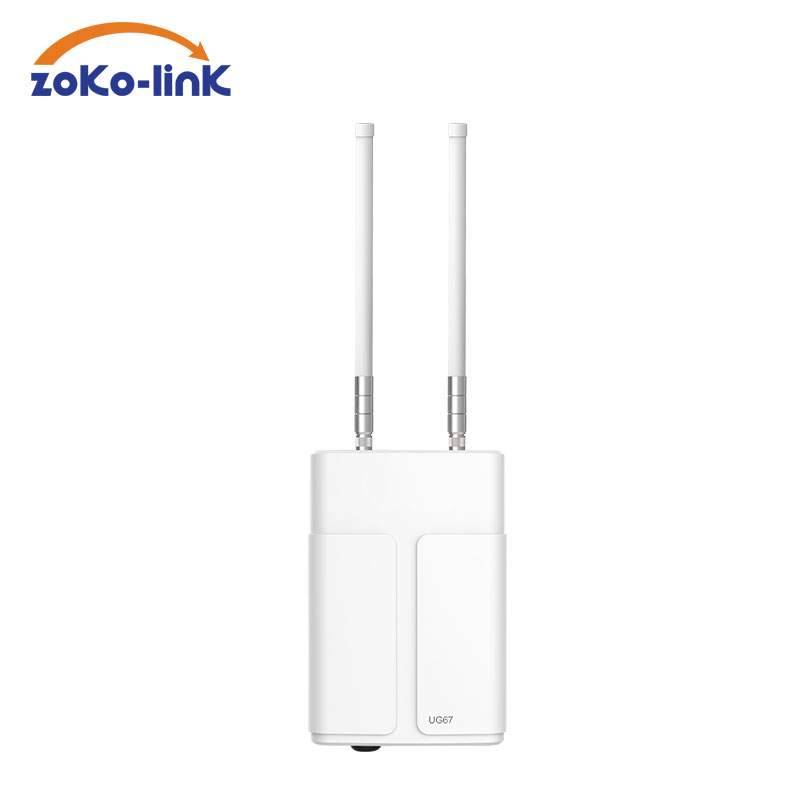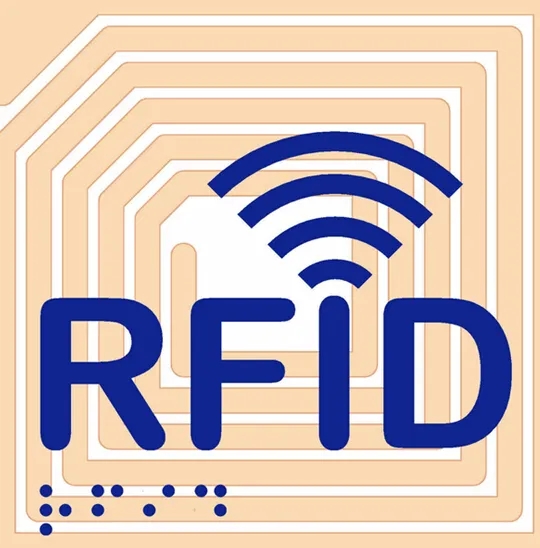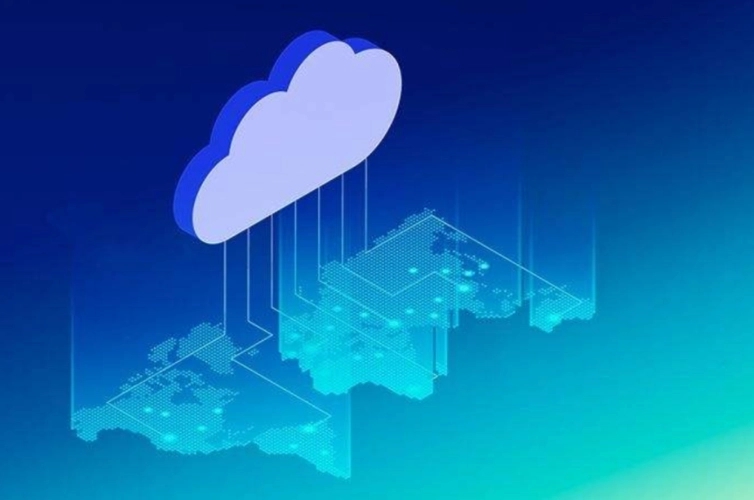

— Blogs —
—Products—
 Consumer hotline +8618073152920
Consumer hotline +8618073152920 WhatsApp:+8615367865107
Address:Room 102, District D, Houhu Industrial Park, Yuelu District, Changsha City, Hunan Province, China
Product knowledge
Time:2022-03-18 20:01:49 Popularity:677
Five key technologies of the Internet of Things The foundation of the future Internet of Things industry
Long-range wireless network communication technology
The goal of LPWAN is a long-distance wireless network communication technology optimized for M2M (device-to-device) communication scenarios in IoT applications. From a functional and potential use perspective, M2M gave rise to the entire "Internet of Things". In recent years, the Internet of Things industry has developed rapidly. From the aspects of low power consumption, high efficiency, and security, the application of the following key technologies has become more important and stricter.

Sensor Technology
Perception is the leading technology of the Internet of Things. To ensure the stable operation of the Internet of Things, it is inseparable from the blessing of many perception technologies. One of the most critical technologies is the sensor.
As the "tentacle" of the Internet of Things, sensors play a vital role in today's information age, and they are an indispensable means of information collection in the Internet of Things. At present, sensors have penetrated into many industries and fields such as industrial production, environmental protection, bioengineering, and medical testing, and are increasingly becoming intelligent, miniaturized, and digital.
The technical difficulty lies in the test of harsh environments. When affected by factors such as temperature in the natural environment, it will cause the sensor zero drift and sensitivity changes. At the same time, the installation method of the sensor should also be paid attention to, considering how to overcome the lateral force and other issues.

RFID radio frequency identification technology
RFID radio frequency identification, also known as electronic tag, radio frequency identification, inductive electronic chip, proximity card, proximity card, contactless card, electronic barcode. It is a non-contact automatic identification technology. It automatically identifies the target object and obtains relevant data through radio frequency signals. The identification work does not require manual intervention and can work in various harsh environments.
RFID technology can identify high-speed moving objects and identify multiple tags at the same time, which is fast and convenient to operate. Short-range RF products are not afraid of harsh environments such as oil stains and dust pollution, and can replace barcodes in such environments, such as tracking objects on the factory assembly line. Long-distance radio frequency products are mostly used in traffic, and the identification distance can reach tens of meters, such as automatic toll collection or identification of vehicle identity.
At present, it has its applications in many aspects, such as the tracking of warehouse materials/logistics information, medical information tracking, and fixed asset tracking. The difficult problems involved in the development of this technology are: how to choose the best operating frequency and protection of confidentiality, etc., especially the technical application of the ultra-high frequency band is not extensive enough, the technology is not mature enough, the related products are expensive, and the stability is not high. There is no uniform standard.
Embedded system technology
The IoT origin of IoT is embedded system. Embedded systems have experienced the era of single-chip microcomputers that developed independently in the field of electronic technology in the early days, and entered the era of embedded systems supported by multidisciplinary support in the 21st century. Since its birth, the embedded system has taken the "Internet of Things" as its own responsibility, which is embodied as: embedded in physical objects to realize the intelligence of physical objects. Many of the current embedded systems can be applied to the Internet of Things as long as they can improve the network communication capabilities of system equipment and add intelligent information processing technologies.
If the Internet of Things is used as a simple metaphor for the human body, sensors are equivalent to human eyes, nose, skin and other senses, the network is the nervous system used to transmit information, and the embedded system is the human brain, which needs to be classified after receiving information. deal with. The importance of embedded system technology cannot be overemphasized.
 computing technology
computing technology
Cloud computing technology is one of the technical categories covered by the Internet of Things. Cloud computing is a flexible way of organizing and providing IT resources. It supports distributed storage and parallel processing, and its data processing framework processes most of the data in a local computing manner without the need for a large number of remote transmissions of these data.
With the development of the Internet of Things, the Internet of Things will inevitably generate massive data in the future, and the traditional hardware architecture server will be difficult to meet the data management and processing requirements. If cloud computing is applied to the transmission layer and application layer of the Internet of Things, the cloud computing The Internet of Things will greatly improve operational efficiency. It can be said that if the Internet of Things is compared to a host, cloud computing is its CPU.
Cloud computing is to distribute computing on a large number of distributed computers, which means that computing power can also be circulated as a commodity, just like gas, water and electricity, easy to use and low cost. The Baidu search function that we often use is one of its applications.
Related recommendations
Sensors & Weather Stations Catalog
Agriculture Sensors and Weather Stations Catalog-NiuBoL.pdf
Weather Stations Catalog-NiuBoL.pdf
Related products
 Combined air temperature and relative humidity sensor
Combined air temperature and relative humidity sensor Soil Moisture Temperature sensor for irrigation
Soil Moisture Temperature sensor for irrigation Soil pH sensor RS485 soil Testing instrument soil ph meter for agriculture
Soil pH sensor RS485 soil Testing instrument soil ph meter for agriculture Wind Speed sensor Output Modbus/RS485/Analog/0-5V/4-20mA
Wind Speed sensor Output Modbus/RS485/Analog/0-5V/4-20mA Tipping bucket rain gauge for weather monitoring auto rainfall sensor RS485/Outdoor/stainless steel
Tipping bucket rain gauge for weather monitoring auto rainfall sensor RS485/Outdoor/stainless steel Pyranometer Solar Radiation Sensor 4-20mA/RS485
Pyranometer Solar Radiation Sensor 4-20mA/RS485
Screenshot, WhatsApp to identify the QR code
WhatsApp number:+8615367865107
(Click on WhatsApp to copy and add friends)